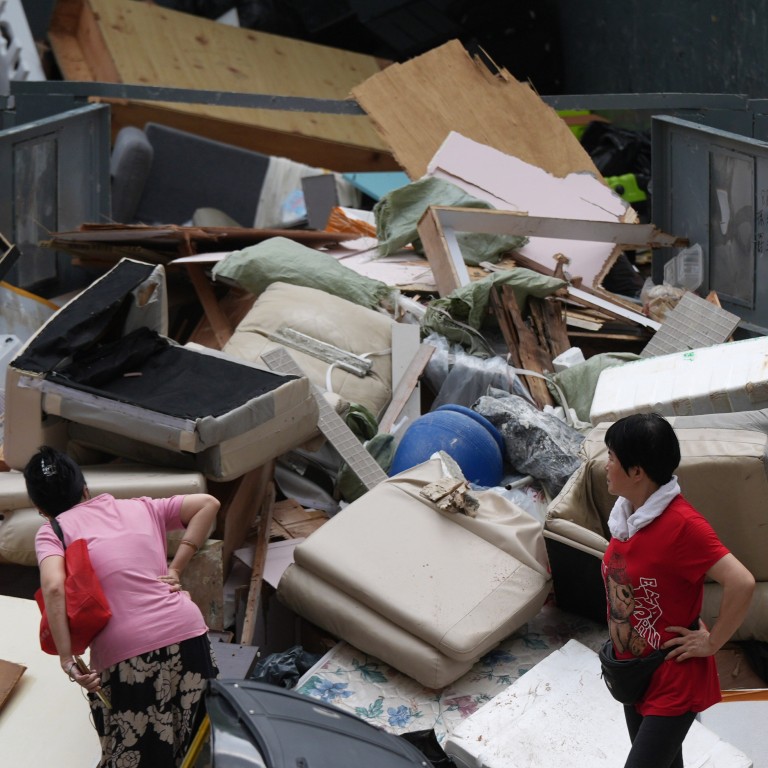The Plan B from the Integrated Waste Management Action Group had four elements: the prime objective was to reduce waste going to landfills or incinerators; four regional sites should be adopted for fully integrated waste management facilities; all municipal waste should be processed through high-capacity waste sorting plants first; and those sites should use small-scale waste-to-energy plants as a last resort. Plan A is now formally off the table, providing a period of forced review and reflection. I would like to offer my own eight-point list of principles that should provide the foundations for any such Plan B.
First and foremost, waste management should be regarded as essential infrastructure, the same as roads, sewers, floor prevention or even education. It should be provided for the public good out of public coffers. Second, before punishing people for throwing out too much waste, it is the responsibility of our “result-oriented” government to develop a management system we can be proud of and which efficiently meets the community’s needs.

06:46 Hi-tech vs low-tech: Hong Kong to lose its only drinks-carton recycler to a microelectronics centre Seventh, our government needs waste disposal solutions appropriate to urban and rural areas. The infrastructure needed for communities made up of 50-floor tower blocks will be different from that needed in more sparsely populated rural areas. 06:47 SCMP Explains: How does Hong Kong handle its waste? Finally, there must be a c.
















